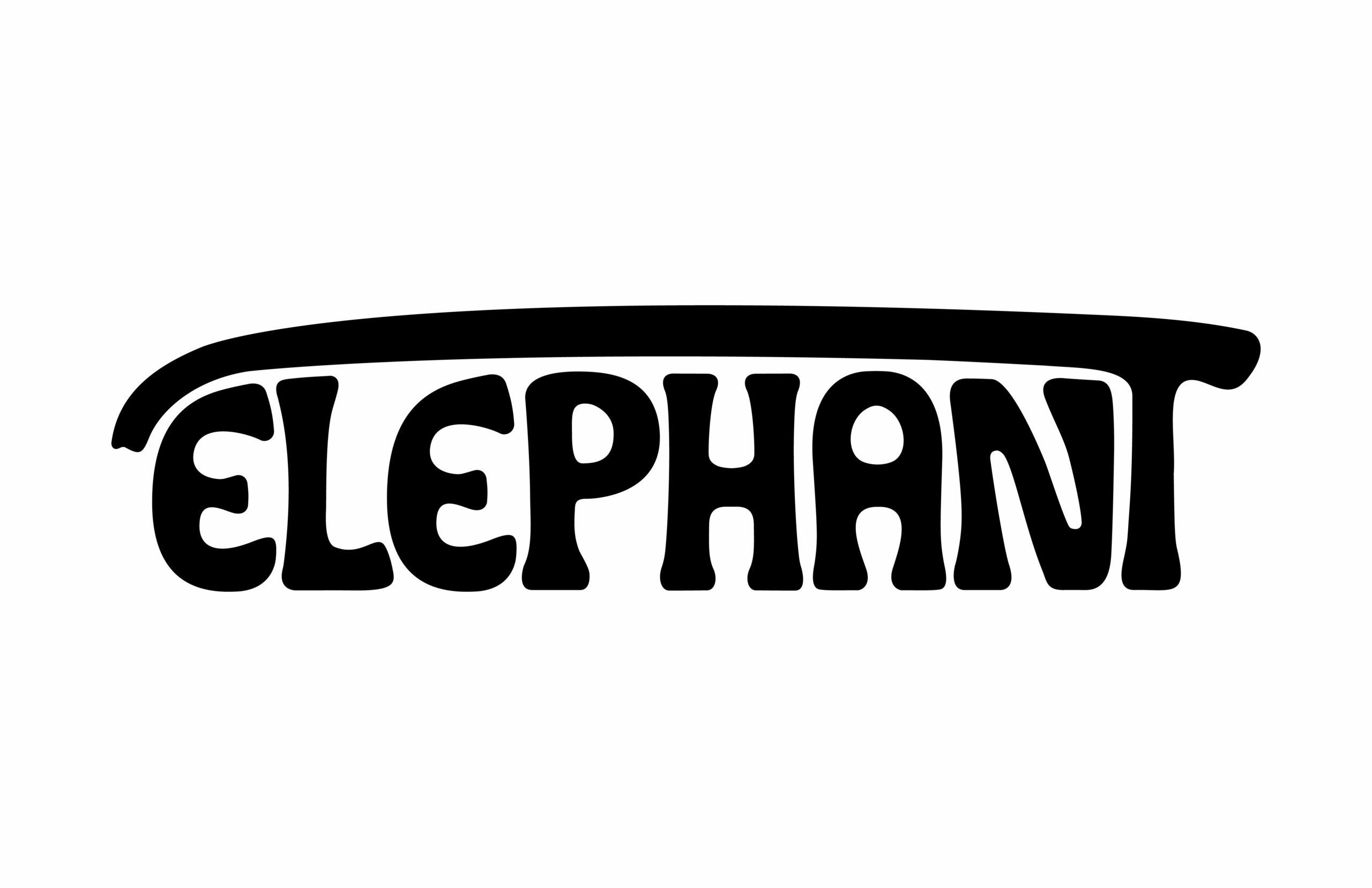In Elephant’s new column, A Little Mission, Tosia Leniarska asks artists to take her to a place of intrigue and personal significance. Their destinations range from the adventurous to the convenient, the performative to the domestic. There is, as Tosia notes, some psychoanalysis involved in picking apart the motivation for their choice. The column’s inaugural subject is Amalia Ulman, whose second film, Magic Farm, is premiering at Sundance and the Berlinale.
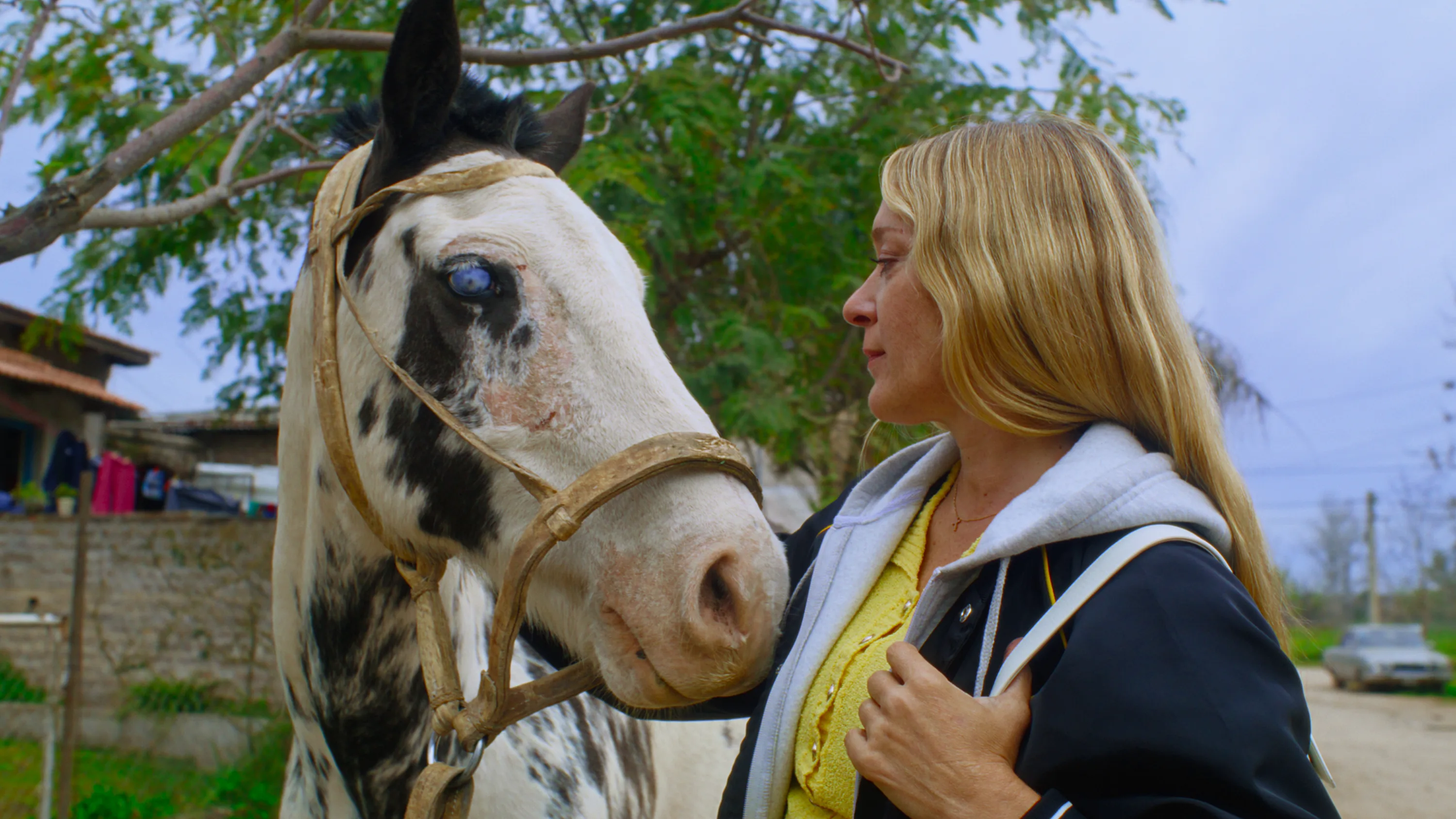
Guarded with my reservations towards today’s New York, I arrived in the city in September of last year suspicious, witnessing it steeped in both the hopelessness and the enthusiasm that got Trump re-elected. Amalia Ulman is one of the few people I speak to who makes note of how despairing a place it is amidst the current cultural and political sway towards the right wing: “I feel like the culture is getting better now, but for a few years, New York was really dark and braindead. It’s been weird, seeing the rise of the right. It’s a moment that I hope is dying off here, not so much in Europe – but instead of being like, Everything sucks, I decided I’m going to start doing more things that I do like.”
Amalia invites me to her new apartment on the Upper West Side. The derelict memory of the previous owners’ home is interrupted by residues of a housewarming group exhibition she has just taken down. Most of the artworks are gone, but the huge digits of SoiL Thornton’s phone number still cover the entire living room wall, sprayed alongside the scribbles of the children who used to live here. On the kitchen floor, layers of linoleum of checkered patterns are stacked to the tens, cut like a cake. I note how totally transformative it is to own a home.
“When I first saw the place and I saw who was living here, it felt really close to home. I felt like, Oh, I get it – the people who were living here, Gen X, Latinos, the colours they used, everything. They got it from their parents who got it for very little. The state of the apartment reminded me of when my mom lost our home to the bank, when she had to sell it for nothing. There was a deep sense of shame about other people seeing it because we hadn’t been able to take care of it for a very long time. It was the bad feeling of having people look at it like, Bitch, you live like this? So, when I saw this place, I thought – I get it, and I want to give them a decent amount of money for it.”

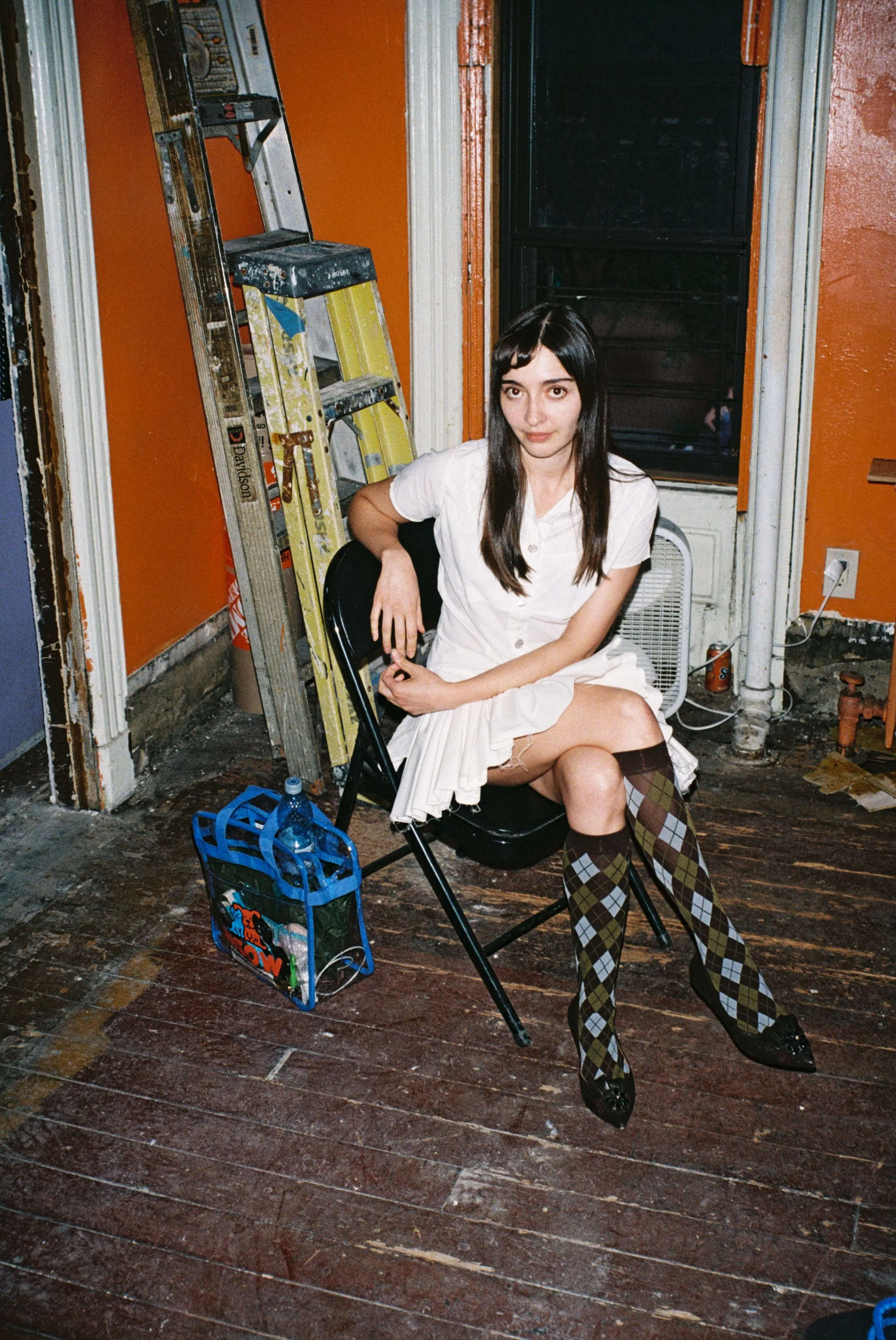
The exhibition got some anonymous reviews online criticising it for gentrification – which was not exactly warranted, since the block has housed expensive restaurants, the Seinfeld film set, and single-family brownstones since the 1990s. The truth of gentrification is more complicated than that, Ulman explains; it is inscribed into the outdated state laws of who can own low-income property, and with what amount of upfront payment they can buy it. “I have friends from wealthy families who like to think I’m being edgy when I’m attracted to things that are cheap, run down, or broken. But such are the things and places I’m comfortable with, that’s where I come from. For a long time, it used to be that if the next gig didn’t work out I’d be this close to having to clean someone’s house.”
Before this conversation, I’d taken an unintended break from following Ulman’s practice. She was one of the first contemporary artists of her generation that I learned about as a teenager, having found her work – the viral Excellences & Perfections (2014) – online, then seeking out its follow-up at the 2016 Berlin Biennial, curated by DIS in what felt like a millennial landmark for new media art. While I canonised her in my personal record of art history as a breakthrough in the conceptual practice of going viral, I’d never updated my perception to reflect what she has been making since then.
This partial disappearance from the radar is not an accident; Ulman came up early in her career with her to-camera performances, and was burned by their reception. “When you’re a woman and you’re performing in front of the camera, that’s the only thing that is seen. It overshadows anything else you do.’ Does she wish she had hired an actress instead? ‘I was aware of the consequences. Despite everything, I feel like that was not a bad decision, because part of my role is to perform. I think it should be the other way around: people should learn to respect the agency of performance.”
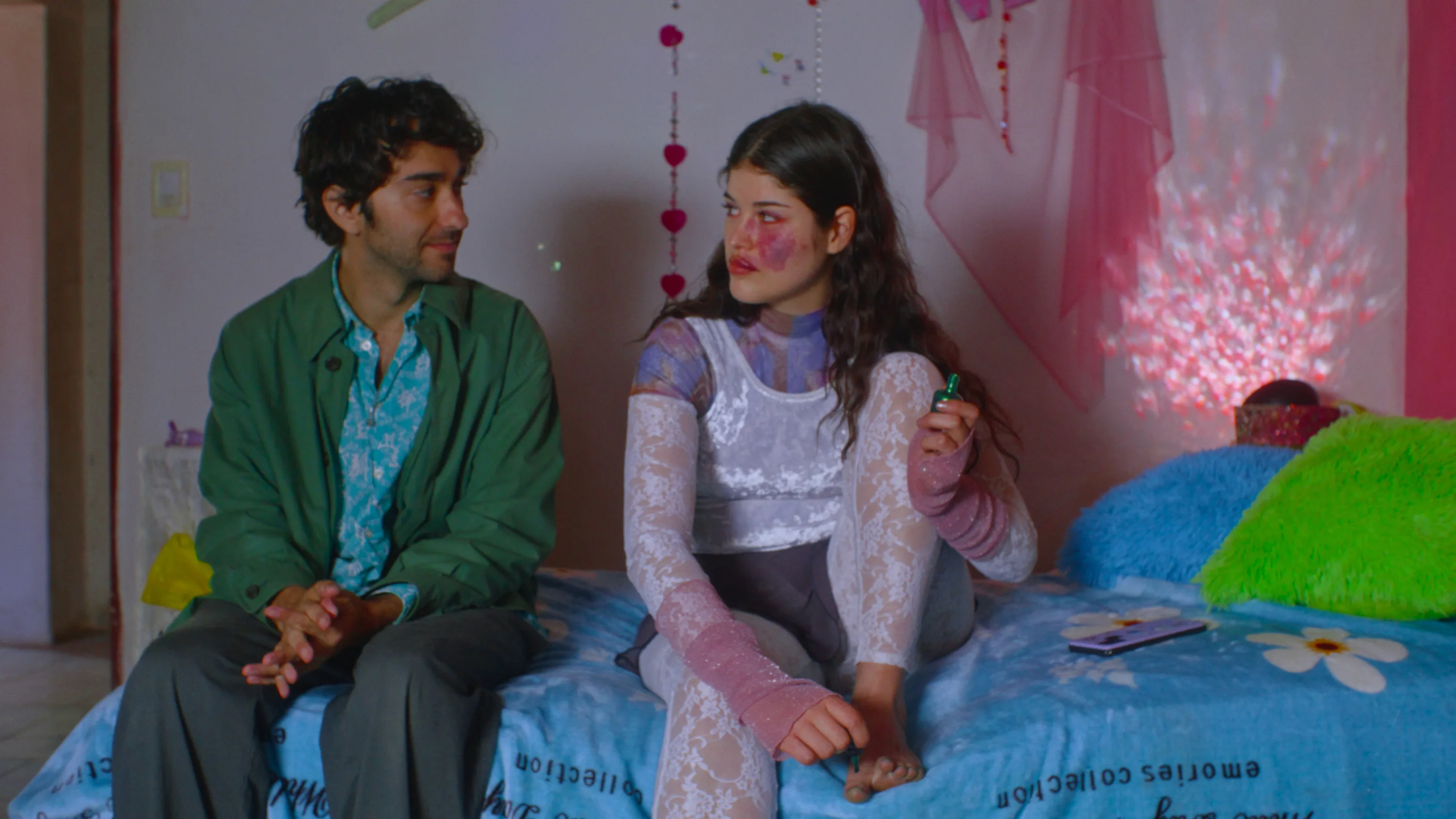
Still, it stung. A career snowballing off its own misrepresentation was stifling. This process did not happen randomly; we spoke about a specific era of newly-syndicated online media, the landscape shifting, and corporations testing the new waters: “I did an interview at this time when Vice Media acquired i-D, so it got distributed virally in every single language and pushed to every corner of the world in a way that was never intended. What happened is that this moment crossed over to other audiences, and it became viral just because that’s the story that they chose to go viral.
“I remember at the time going somewhere in Middle America – a random hotel – and the receptionist recognised me. On one hand, I thought it was cool, flattering, nice that a receptionist – a working-class woman – would know about my work. But at the same time, that wasn’t really the case, because it was being spread out to people who didn’t understand what was going on. It was described as a hoax, and I was called a scammer. I was like, No, it’s a work of fiction, but it became this snowball. I think when I was most upset about it was when it became such a snowball that publications reached out to me because I was famous, but not because they understood the work. People would say, We want a photo of you, blonde in a hotel, and I’d say, Well, that’s a character, and they didn’t get it.”
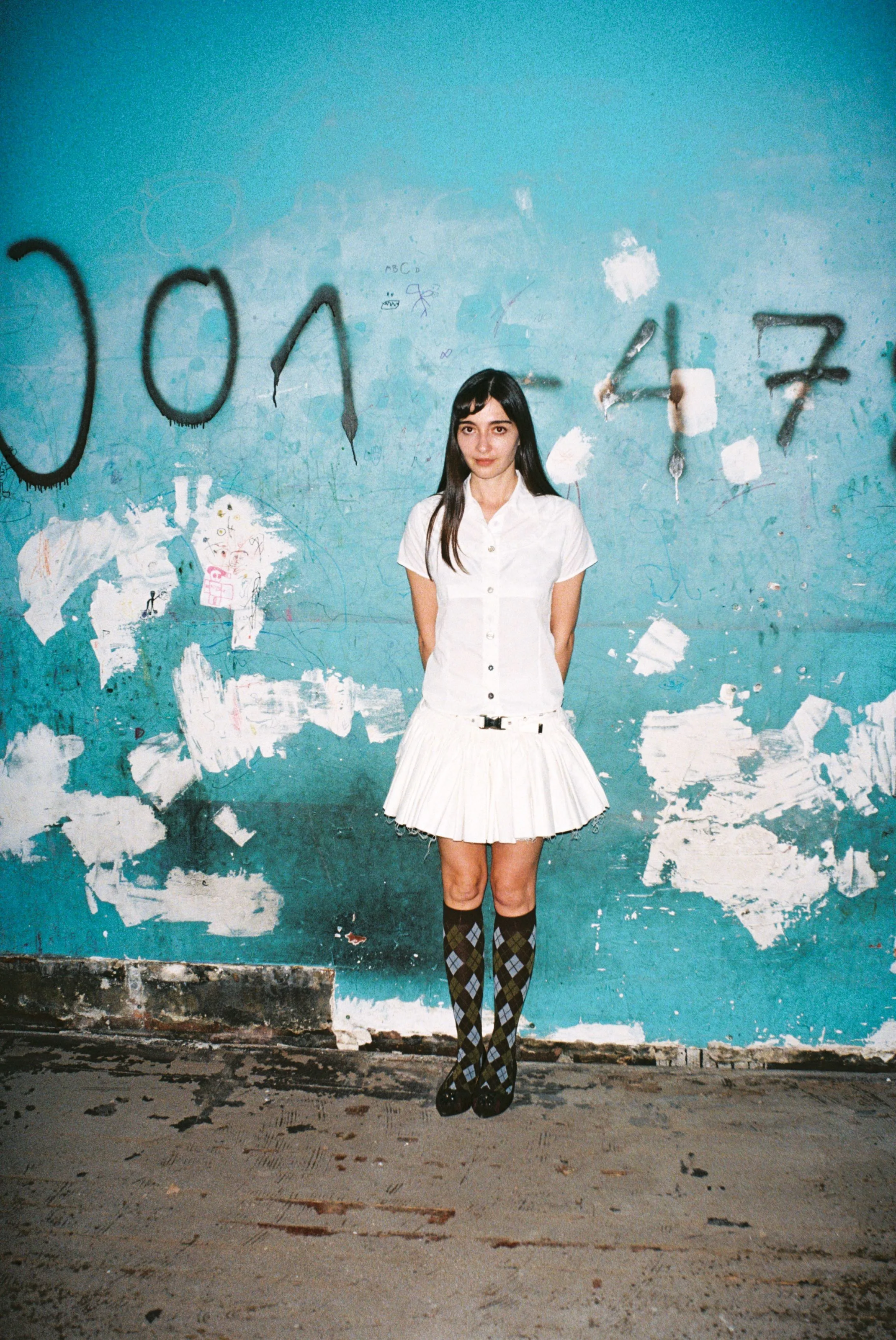
For someone who has dealt with this much misconstruing and made work using any new tools of social misconstruction available, it seems linear to continue storytelling in its broken logic. Ulman has since transitioned into the film industry – perhaps a medium more forgiving to mass audiences than online performance. Her first film, El Planeta (2021), also raises questions of class, glamour, and artifice, following a mother and daughter duo who lightly scam their way around losing a home. Played by Ulman and her mother and based on some of their experiences, it’s exceptionally sensitive to the nuances of what that type of shelter insecurity feels like, looks like, and plays out.
Magic Farm is Ulman’s sophomore film, and it’s her first production at this scale. “It’s less autobiographical, but it’s definitely about self-representation of class. It’s about Vice News using Latin America for content, not finding what they’re looking for, and still trying to make it happen by paying the locals to act a certain way.” I immediately find this hilarious – not least because of the ongoing indie sleaze revival that glorifies Vice and Buzzfeed’s recession-era journalism, calling to mind this old-school YouTube sketch of a Vice journalist picking their headline. More insightfully, Ulman mentions the Spanish classic Welcome Mr. Marshall! (1953) – a satire about a Francoist village preparing for the arrival of American visitors by putting on a stereotypical spectacle of Spanish-ness, ridiculous to the Spanish – as one reference for the social psychology of pandering to the soft power of a U.S. audience and its economic allure.
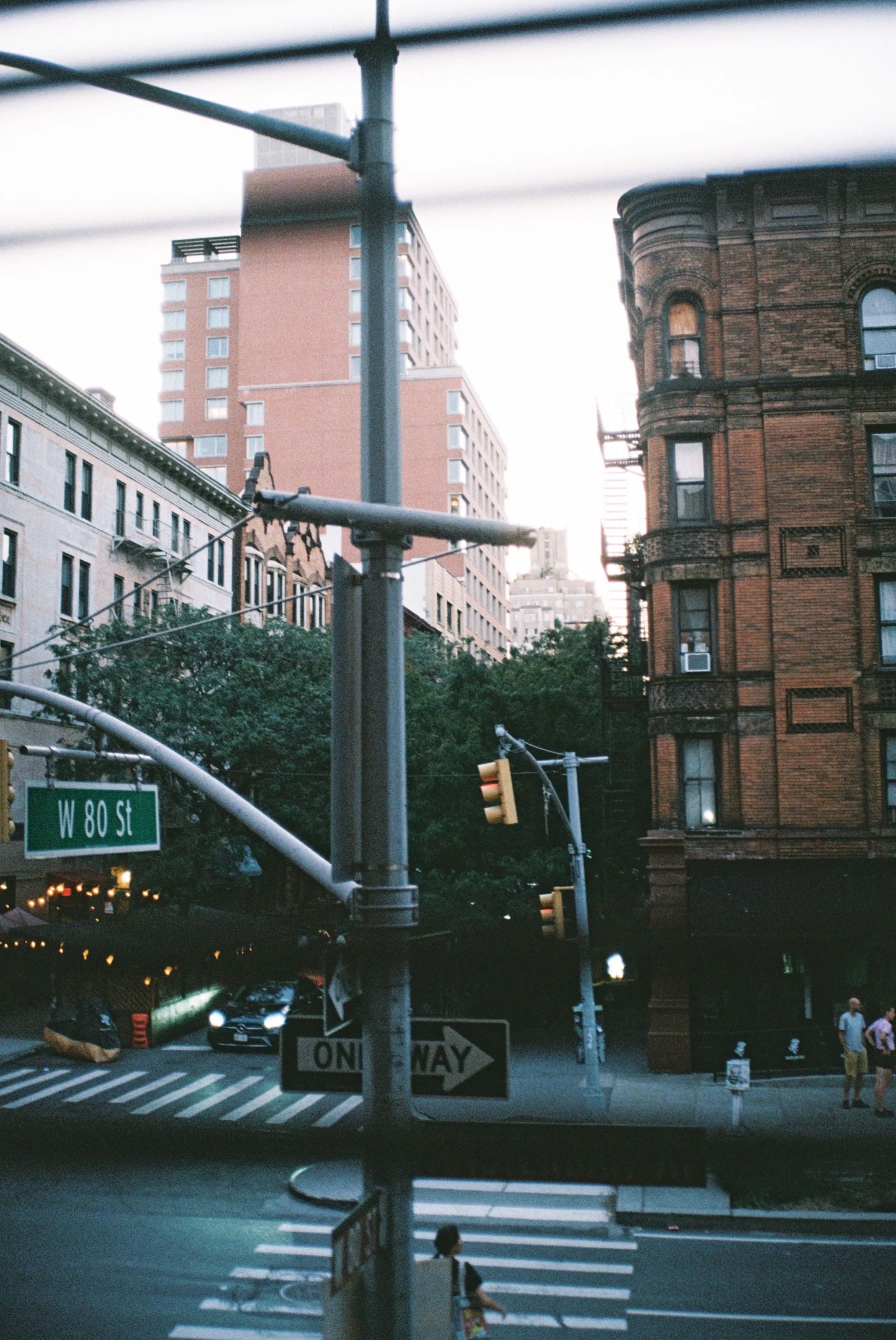
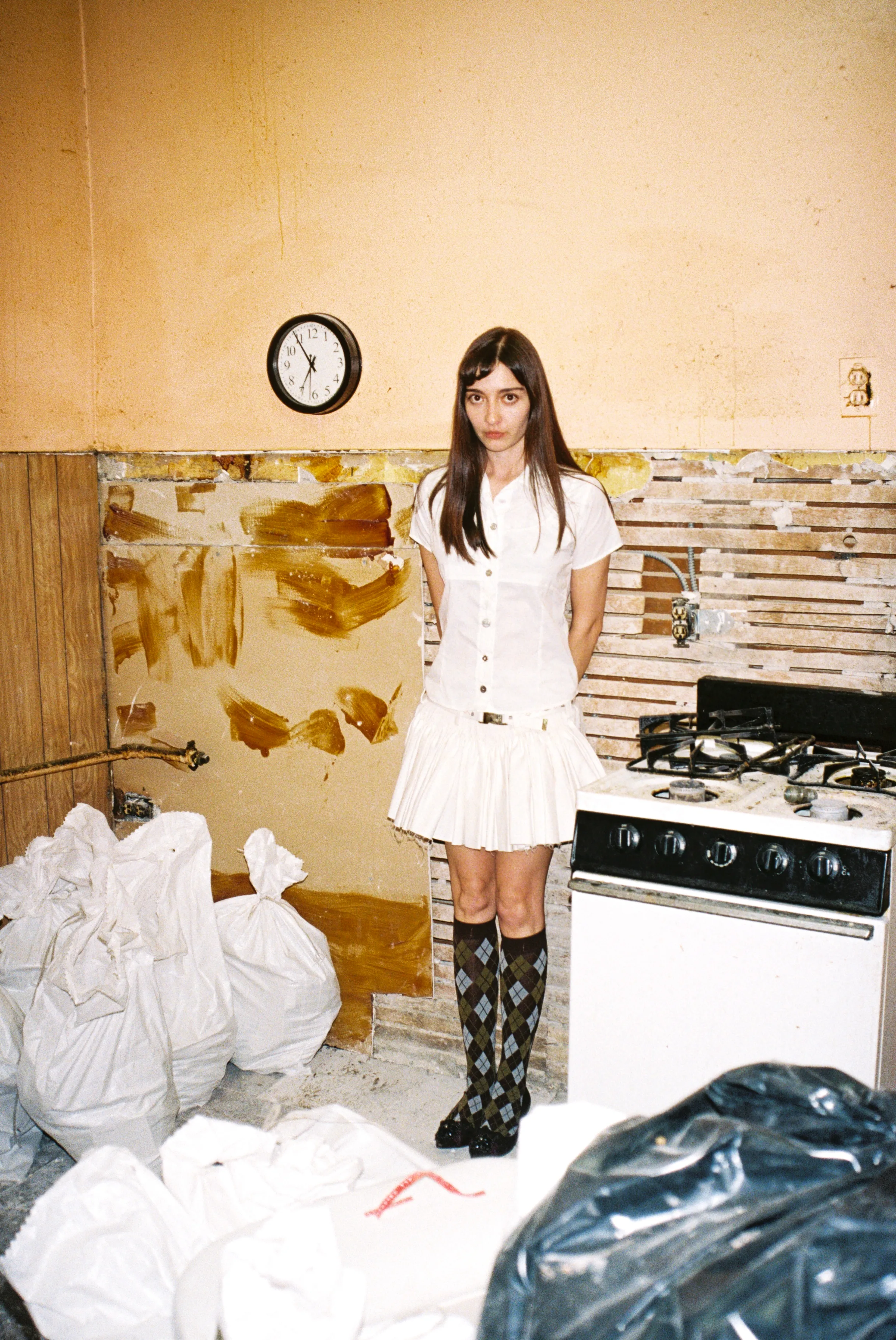
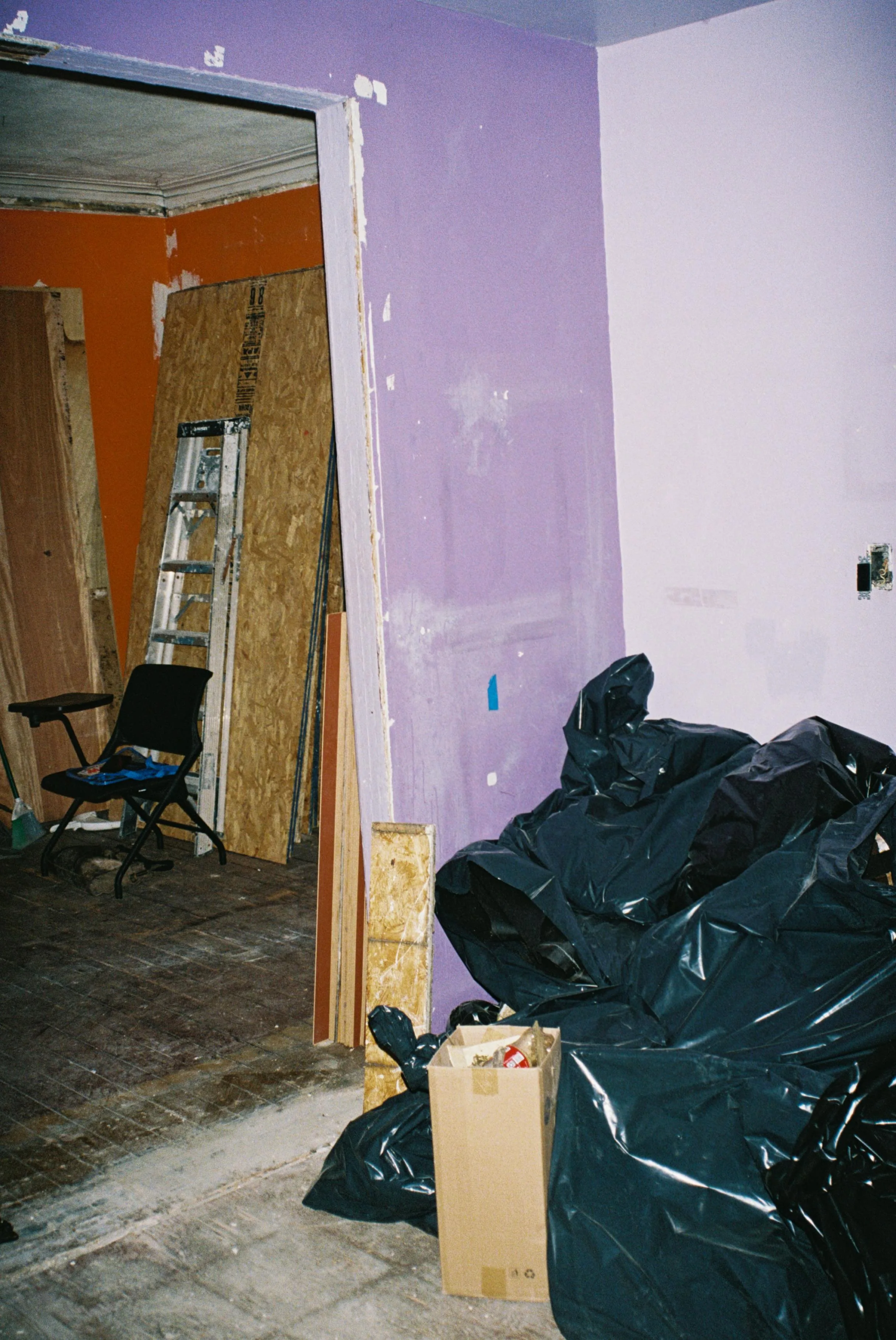
This allure, this glamour, flows both ways, and is part of the titular magic. To “the bunch of hipsters who are going to South America to do something completely stupid,” played by Chloë Sevigny, Alex Wolff and Joe Apollonio, the place is magic – though mostly in the sense that they won’t understand it. A little psychedelic, the Argentinian village, formally detached from their reality, becomes entangled in it by virtue of them paying for a projected outcome. Meanwhile, for the locals trying to help them, the magic exists in the suspended time of glamorous potential – maybe if I hook up with this guy, he’ll take me to New York? – in a dream that is both economic and libidinal, as power always is.
Still, between their arrival as stock characters and their departure in heartbreaking realism, the relationships that unfold between the Americans and Argentinians are genuine. Some stereotypes remain fixed as people stick to their pretences, and some break down into touching, human reflexes: their exchanges become authentic before being disintegrated by reality. No one truly escapes their context, and a fleeting touch of love or freedom does little to shift the power dynamics that brought them together. It made me think of Pasolini’s iconic Theorem (1968) which presents a scenario – equally ridiculous and magical – where politically charged identities can be turned over and transcended by an encounter with a sexy Other. In Magic Farm, however, no one gets to transcend anything; the creeping finale is a health crisis wrought by Monsanto’s contamination of the farmland. The mood is acerbic, though the stakes are desperately higher for one side.
The story is cut with psychedelic visions of the Argentinian farm’s animals and surroundings. As formal interventions, these feel like weapons Ulman smuggled in from her past life as a video artist, free to glean user-generated content from YouTube and TikTok – phone footage, angles pulled from skating videos, POV shots from GoPros attached onto dogs – with an ease that the film industry still feels behind on. Our assumptions about cinematography are blurred by the introduction of these new formats – just as they were with Ulman’s previous film, El Planeta, where she used PowerPoint visuals to disrupt the convention of the black-and-white film’s nostalgic European arthouse style.
The animal shots are laced with a swaggering soundtrack by Chicken – the music producer affiliated with Surf Gang, Club Eat, and Isabella Lovestory – who plays with the Argentinian genre RKT and Cumbia Villera: an austere fusion between reggaeton beats and cumbia. I trace the music genre through the TikTok account of Mateo Vaquer, one of the film’s Argentinian actors, whose character films dance videos just as he does in real life. I found out that the actor, who had progeria, has tragically passed away since starring in the film. In both real life and fiction, Vaquer went viral by dancing to reggaeton and trap songs, sometimes in a group choreo with his sisters and girlfriends.
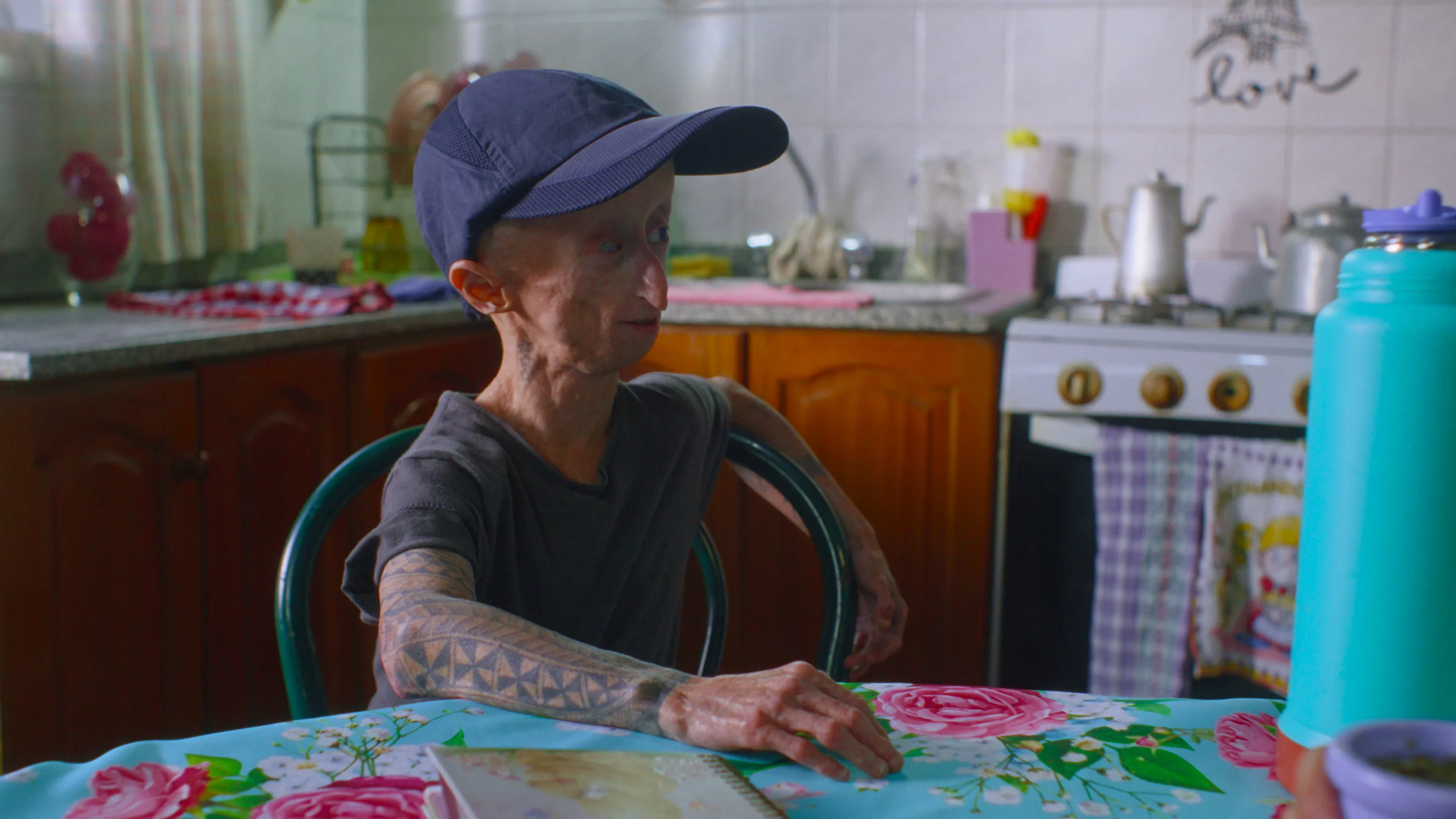
In drawing from the real-life habits and material conditions of her actors – including the charismatic Vaquer’s disability and his social media presence – Ulman reminds me of the Romanian director Radu Jude and his most recent film, Do Not Expect Too Much from the End of the World (2023). There, too, the main character keeps recording reels in the background, impersonating a character based on Andrew Tate hiding in Romania. It’s such a central part of the film – so uncanny, vulgar, and grotesque – that I was surprised to find out it was, indeed, taken from the actress’s real-life social media presence. In Jude’s harrowing film, she is an exploited assistant, casting victims of workplace injuries to perform in corporate video content where they recount the accidents in an instructional manner without implying the company was at fault.
The inception of media production in both films – watching a fabricated Vice documentary, the manipulated instructional films, and how the TikToks reflect the actors’ real life – mirrors the inception of their exploitation. The meta-commentary is there: what are we watching? Who are we filming? What are the stakes we’ve put up for all this content? Capitalism operates in strange ways, and its narrative seems to play out more vociferously when an American agent is removed from its American context – made ridiculous in Argentina, in Romania. Noting the small insanities of capitalist exploitation globally can also become funny, even trippy. But while the Vice filmmakers are laughable, the true material conditions become obscured behind the staged artifice, and though the health crisis linked to Monsanto pollution really was going on throughout the film, we did not see it; the manufactured image is just too convincing.
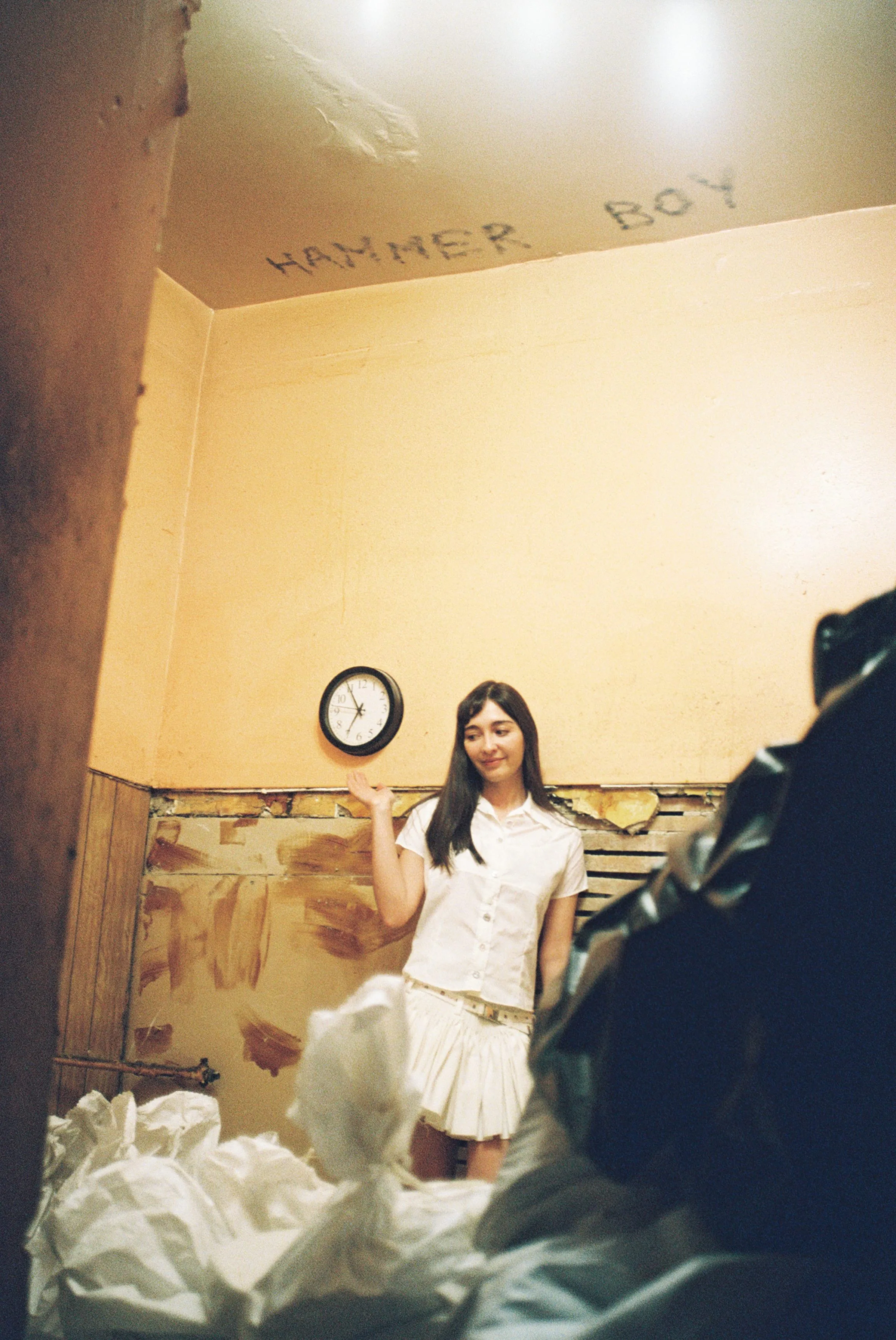
The power of the narrative image and the conditions that delineate it were already the focus of the early performance work that storyboarded Ulman out of her physical self. One aspect of her work that, as far as I can tell, has not been mentioned in the discussion on her performance work – perhaps for Ulman’s early fears of pigeonholing – is the context of disability within which she works. Speaking of the footage from Excellences & Perfections of her dancing in hotel rooms, she says, “The funny thing was that the limit of the length of the videos was to my advantage, because I could only really dance for that amount of time – I’ll do this for 10 seconds, and then I can collapse. But obviously, to the viewer, it seemed like this girl was constantly dancing. So, the problem too was that I was not perceived as disabled because they saw me as able to dance – often there is even anger in that response. So even though I’ve always been very open about disability, the image is heavier.”
This is the Lynchian spectre that typically looms in Amalia Ulman’s work: a cursed blonde is haunted by the media industry. Ulman has seen both sides; of being believed by the audience of an artificial story she manufactured, and dismissed for the true stories she lived through in its background. Perhaps the theme of her practice, then, is misrepresentation itself. Disability – alongside gender, class, nationality, and other identity markers that can be overused in interpreting work – are present as underlying conditions that delineate the borders of an artwork, enmeshed with its conceptual thrust. We are only an audience, and despite reality, the tight bind glamour, looped, will always compel.
words by Tosia Leniarska

